Bipartisan Unity or Partisan Divide? Analyzing Recent Legislative Trends in Washington
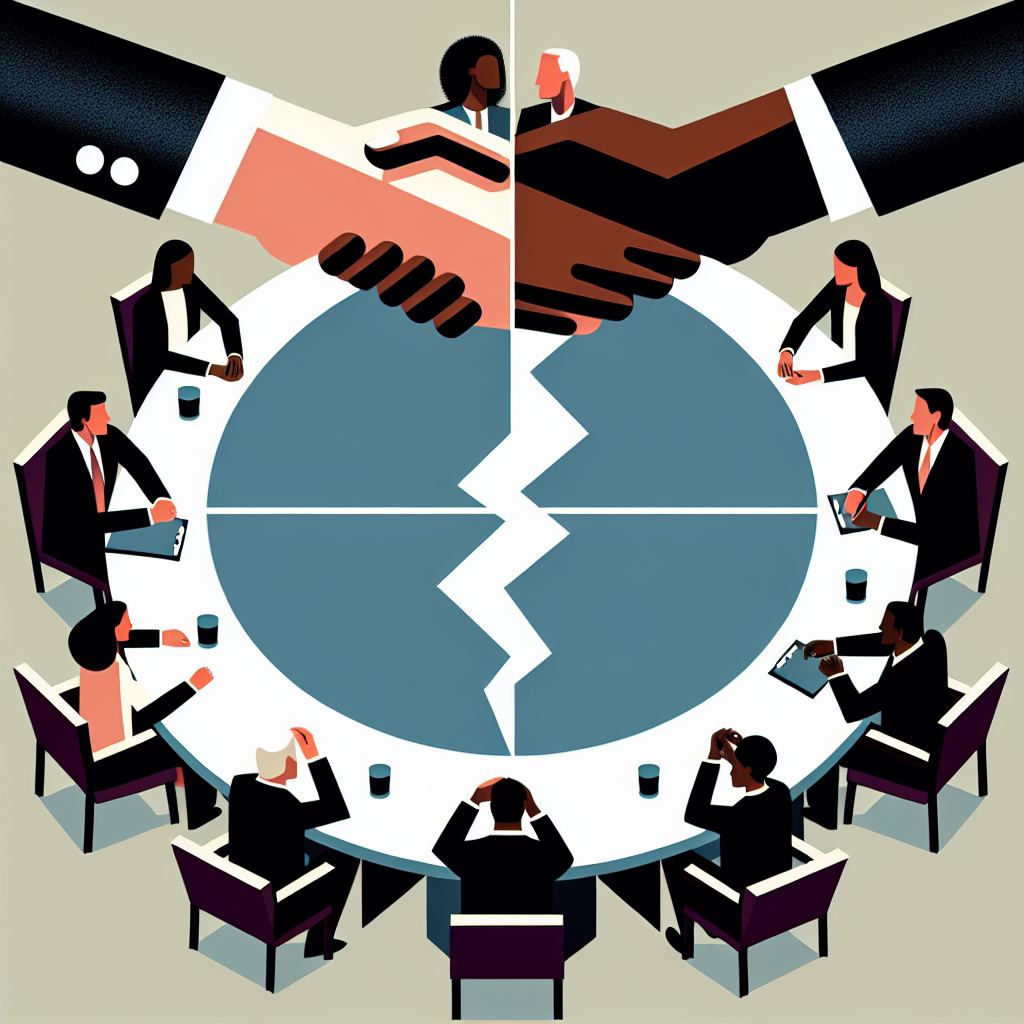
Table of Contents
- Introduction
- The Current Political Climate
- Understanding Bipartisan Unity
- Key Examples of Bipartisan Efforts
- The Rising Partisan Divide
- Recent Legislative Trends
- Analyzing Key Legislation
- 1. Healthcare Legislation
- 2. Climate Change Initiatives
- 3. The Budgetary Process and Debt Ceiling Negotiations
- The Role of Public Sentiment
- Polling Insights
- Engaging Voters
- Challenges to Bipartisanship
- The Influence of Extremism
- Election Cycle Politics
- Strategies for Fostering Bipartisanship
- Building Relationships Across the Aisle
- Highlighting Common Ground
- The Future of Bipartisanship in Washington
- Predicting Future Trends
- Emphasizing Long-Term Collaboration
- Conclusion
Introduction
The American political landscape has long been characterized by a complex balance of bipartisan unity and partisan divide. Recent legislative trends in Washington reveal crucial insights into the dynamics at play, especially as the nation faces challenges that require collective action. This article delves into the growing complexities of partisan politics, the implications for governance, and the prospects for bipartisan unity.
The Current Political Climate
Understanding Bipartisan Unity
Bipartisan unity refers to cooperation between the two major political parties in the U.S.—the Democrats and Republicans. Such collaboration is often necessary for robust legislative outcomes that benefit the populace. In recent months, instances of bipartisan agreements—often emerging from pressing situations—have surfaced, showcasing a potential thawing of rigid party lines.
Key Examples of Bipartisan Efforts
-
Infrastructure Investment and Jobs Act: One of the most notable bipartisan achievements in recent years, this legislation aimed at addressing the nation’s aging infrastructure, received overwhelming bipartisan support.
- CHIPS and Science Act: This legislation, designed to bolster American semiconductor manufacturing, illustrates how national security and economic interests can bridge partisan divides.
The Rising Partisan Divide
Despite instances of cooperation, the partisan divide remains a significant challenge in Washington. Factors contributing to this divide include:
- Ideological Polarization: Over recent decades, political ideologies have crystallized, leading to increasingly homogenous party identities.
- Media Influence: The emergence of partisan media outlets has exacerbated divisions by promoting specific narratives that reinforce existing biases among voters.
Recent Legislative Trends
Analyzing Key Legislation
Legislative activities in the recent Congress have been marked by both cooperation and friction. Understanding these trends sheds light on the broader implications for the political landscape.
1. Healthcare Legislation
In the realm of healthcare, while attempts to expand access have seen some bipartisan support, significant ideological differences remain. Recent efforts to streamline drug pricing through legislation have seen collaboration; however, broader healthcare reform continues to be a contentious battleground.
2. Climate Change Initiatives
The urgency of climate action has prompted some unexpected bipartisan cooperation. Laws addressing renewable energy promotion and fossil fuel dependency reduction have garnered support from both parties, showcasing a shared recognition of the stakes involved.
3. The Budgetary Process and Debt Ceiling Negotiations
Budget negotiations and discussions surrounding the debt ceiling epitomize partisan divides. Historically contentious, these discussions often devolve into political gamesmanship, hindering fiscal stability.
The Role of Public Sentiment
Polling Insights
Public opinion plays a crucial role in shaping legislative actions. Recent polling indicates a growing desire among the electorate for bipartisanship. According to a Pew Research survey, a significant portion of Americans expresses frustration with extreme partisanship and favors candidates who seek cooperation.
Engaging Voters
Efforts to engage voters on the importance of bipartisanship can influence legislative actions. Adequate civic education and strategic communication are essential for fostering a culture that prioritizes collaboration over conflict.
Challenges to Bipartisanship
The Influence of Extremism
Internal party dynamics pose a significant obstacle to bipartisan unity. The rise of extremist factions within both parties dramatically impacts legislative processes. Moderate legislators often face pressure to align with their party’s more radical elements, further complicating bipartisan efforts.
Election Cycle Politics
As midterm elections approach, the focus on winning seats can lead to a deterioration of cooperative efforts. Politicians may prioritize partisan agendas over collaborative governance to appeal to their base, making bipartisan achievements increasingly rare.
Strategies for Fostering Bipartisanship
Building Relationships Across the Aisle
Encouraging dialogue and building relationships between members of both parties can help foster an environment conducive to bipartisan cooperation. Legislative retreats, informal gatherings, and shared experiences can pave the way for greater understanding and collaboration.
Highlighting Common Ground
Identifying shared goals can be key to advancing bipartisan legislation. Policies addressing common concerns such as infrastructure improvements and public safety can serve as unifying elements.
The Future of Bipartisanship in Washington
Predicting Future Trends
The trajectory of bipartisan unity in Washington hinges on several factors, including public sentiment, internal party dynamics, and critical legislative needs. While the partisan divide has been a defining feature of American politics, pressing national issues may compel lawmakers to reconsider their approaches.
Emphasizing Long-Term Collaboration
For sustainable progress, fostering an attitude of long-term cooperation among legislators is essential. Initiatives aimed at bridging partisan divides can cultivate an enduring spirit of bipartisanship.
Conclusion
The path forward for American governance lies at the intersection of bipartisan unity and partisan divide. Recent legislative trends indicate that while challenges persist, opportunities for collaboration remain. Engaging the public in conversations about the importance of working together can lead to more effective governance and improved outcomes for all Americans.
For further insights on related topics, consider exploring our article on the impact of public opinion on American politics or the necessity of civic education in a democracy.
By examining recent legislative trends in Washington, we can better understand the future landscape of American politics, where the potential for bipartisan unity remains a critical hope amid an often-divided atmosphere.
Latest Posts
Lorem ipsum dolor sit amet, consectetur adipiscing elit. Ut elit tellus, luctus nec ullamcorper mattis, pulvinar dapibus leo.
TOP NEWS
Copyright © 2025 heartlandheadlines.site | All rights reserved.


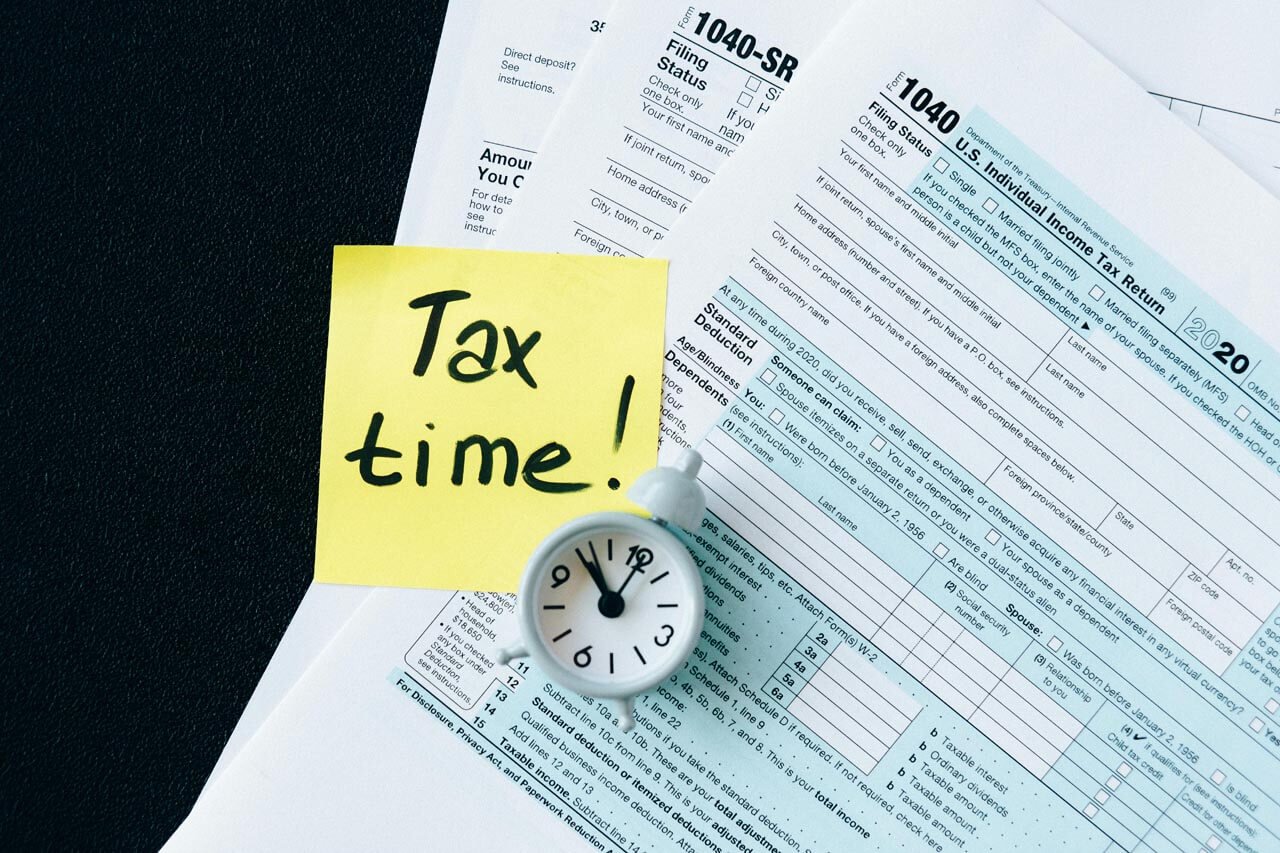
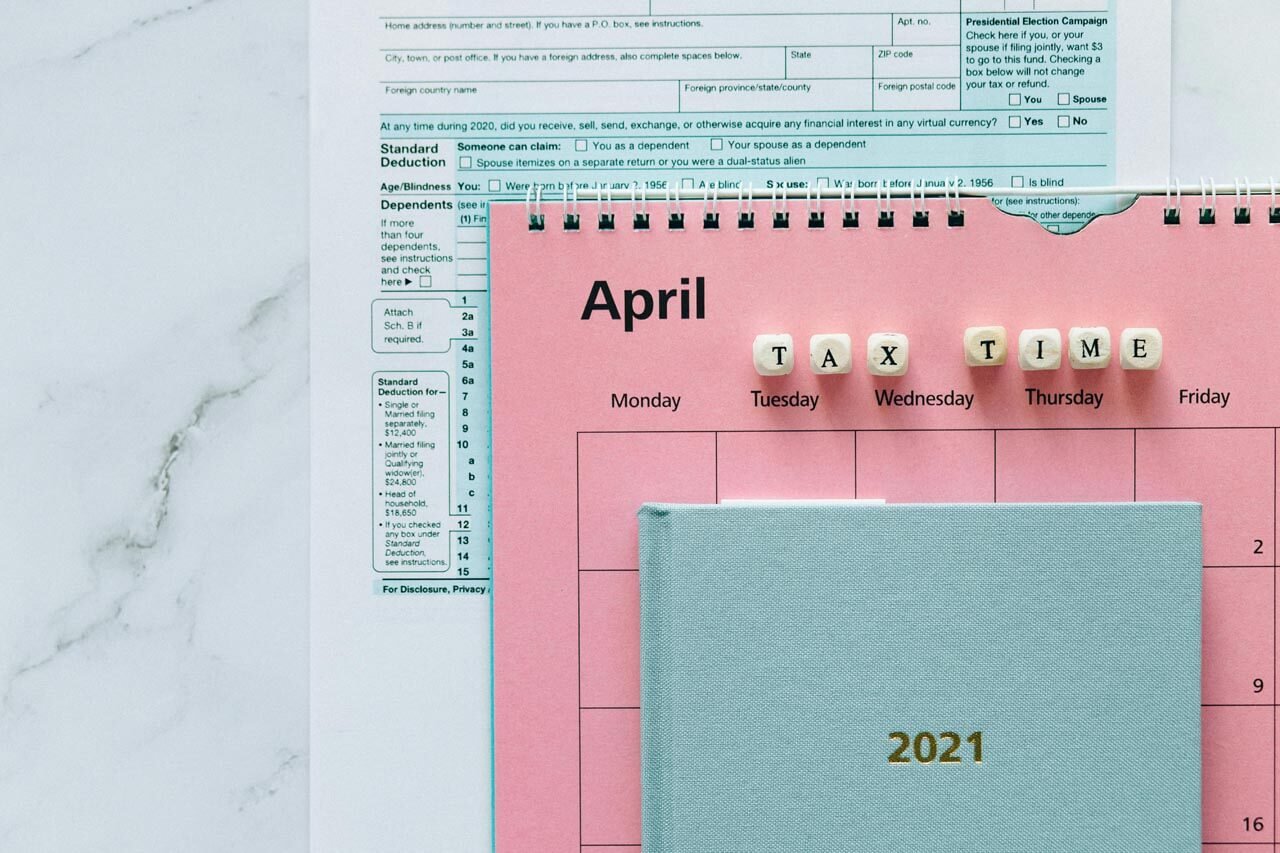








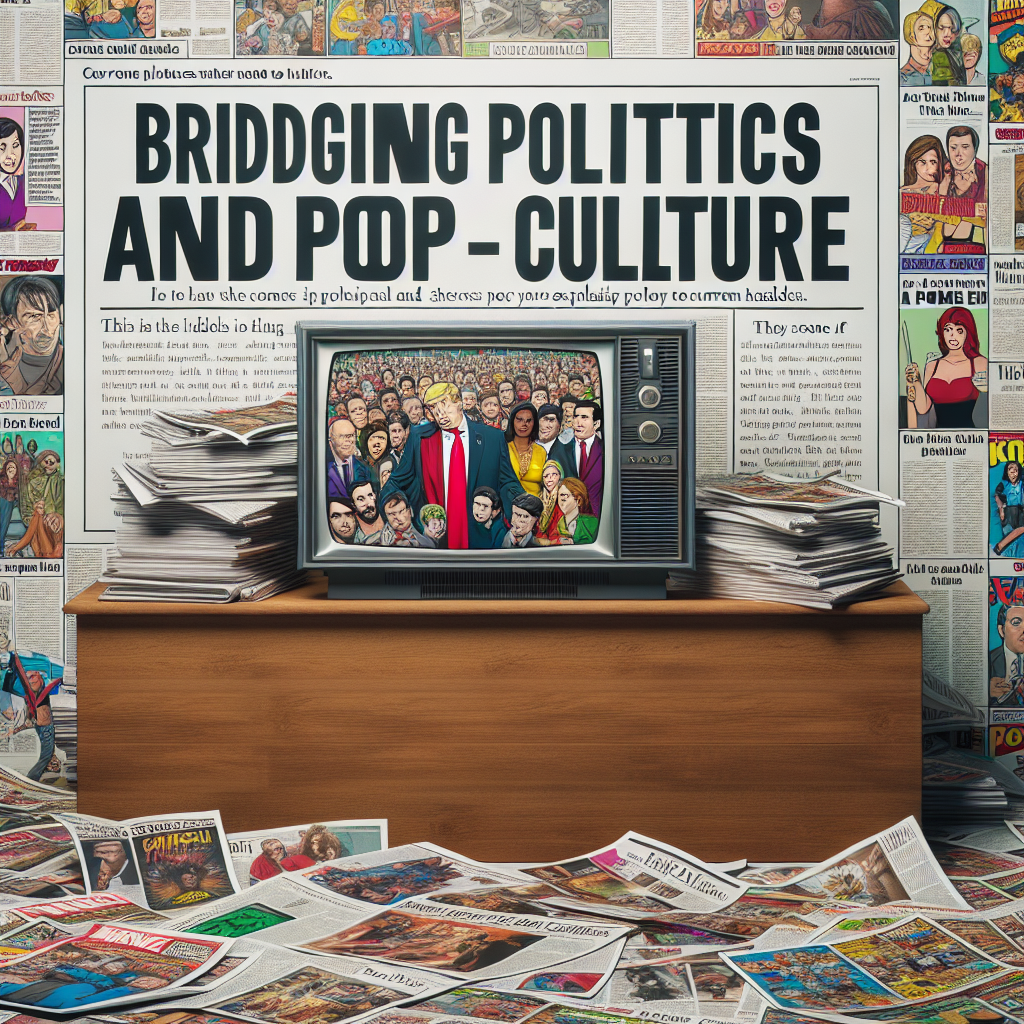
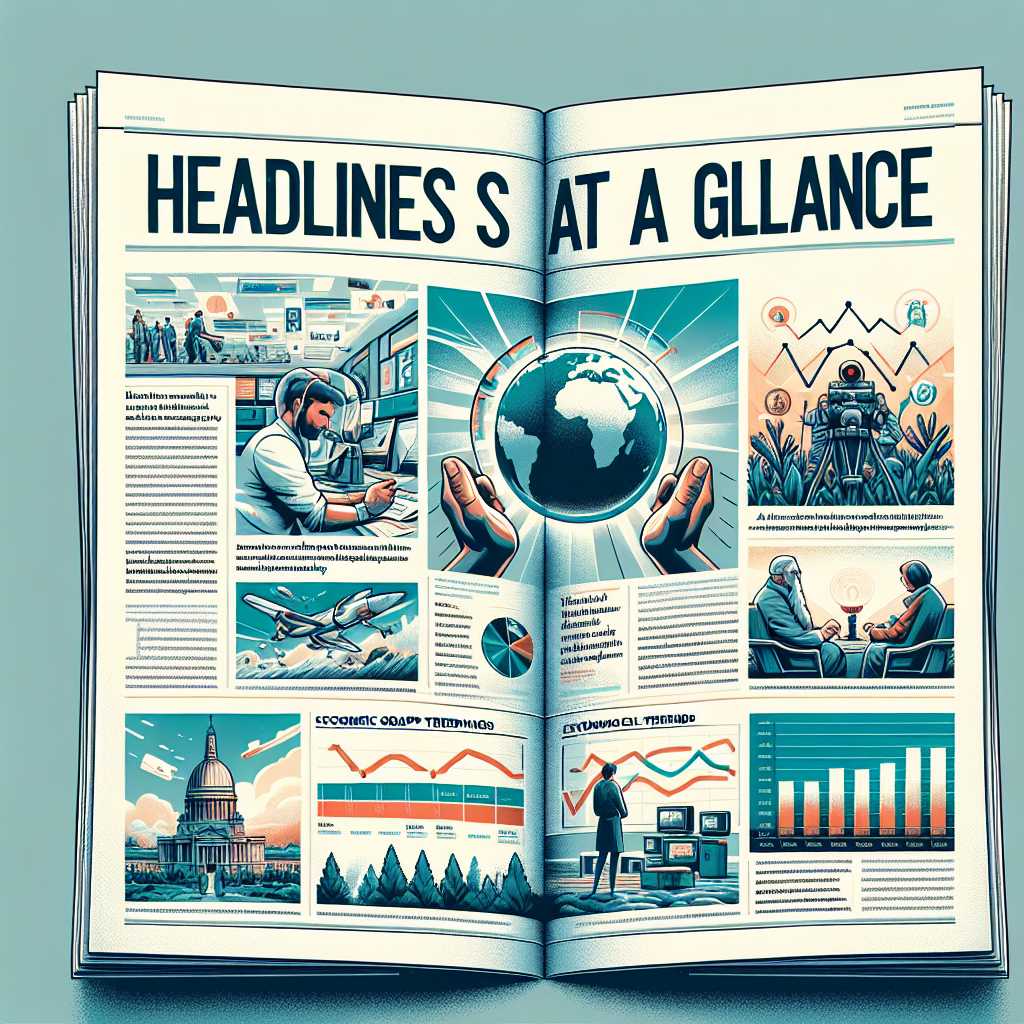
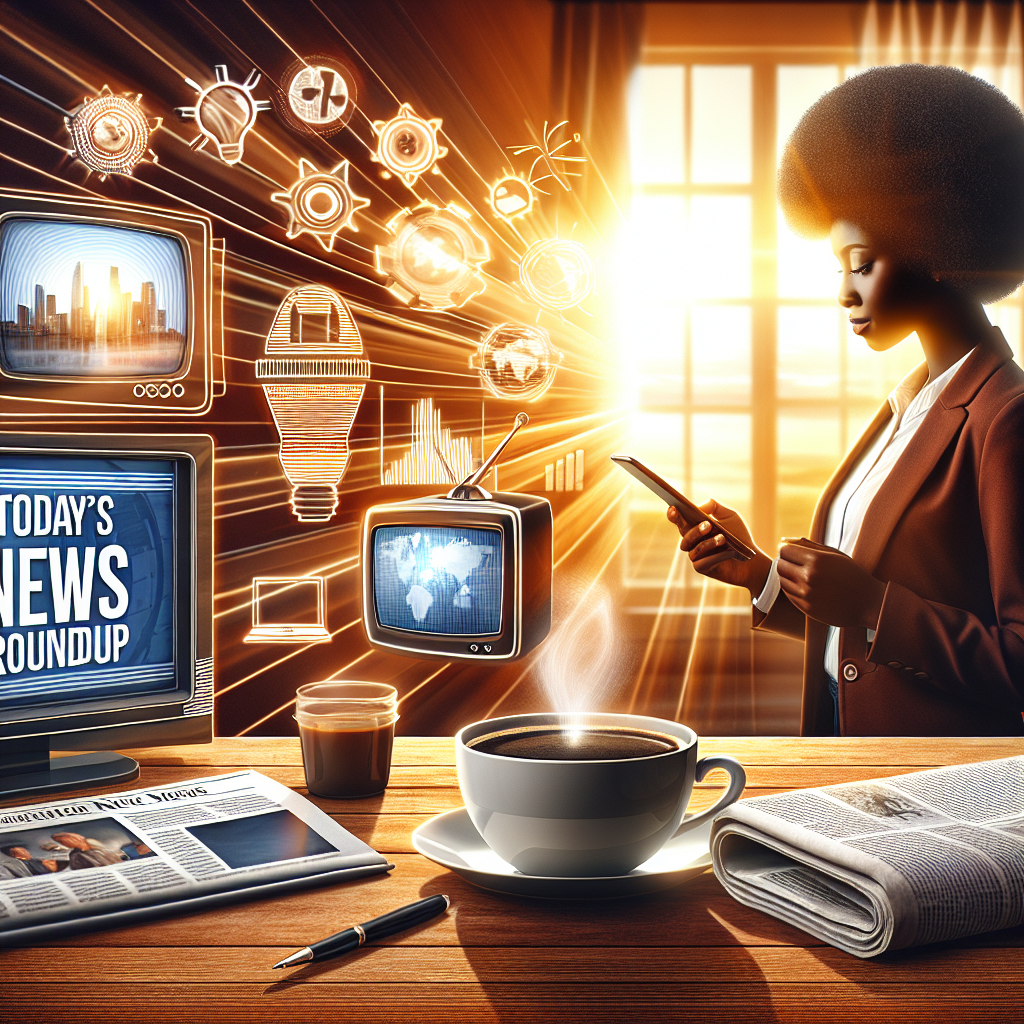
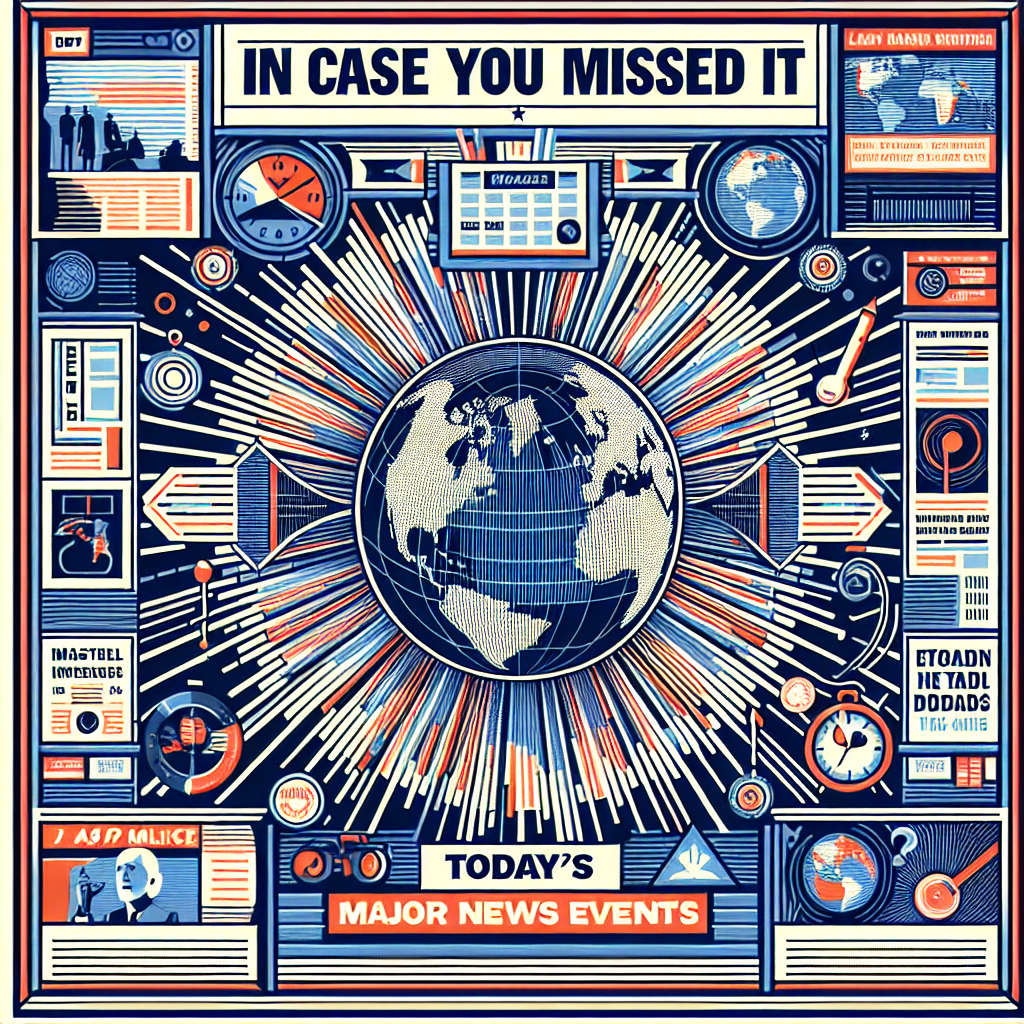



No Comments